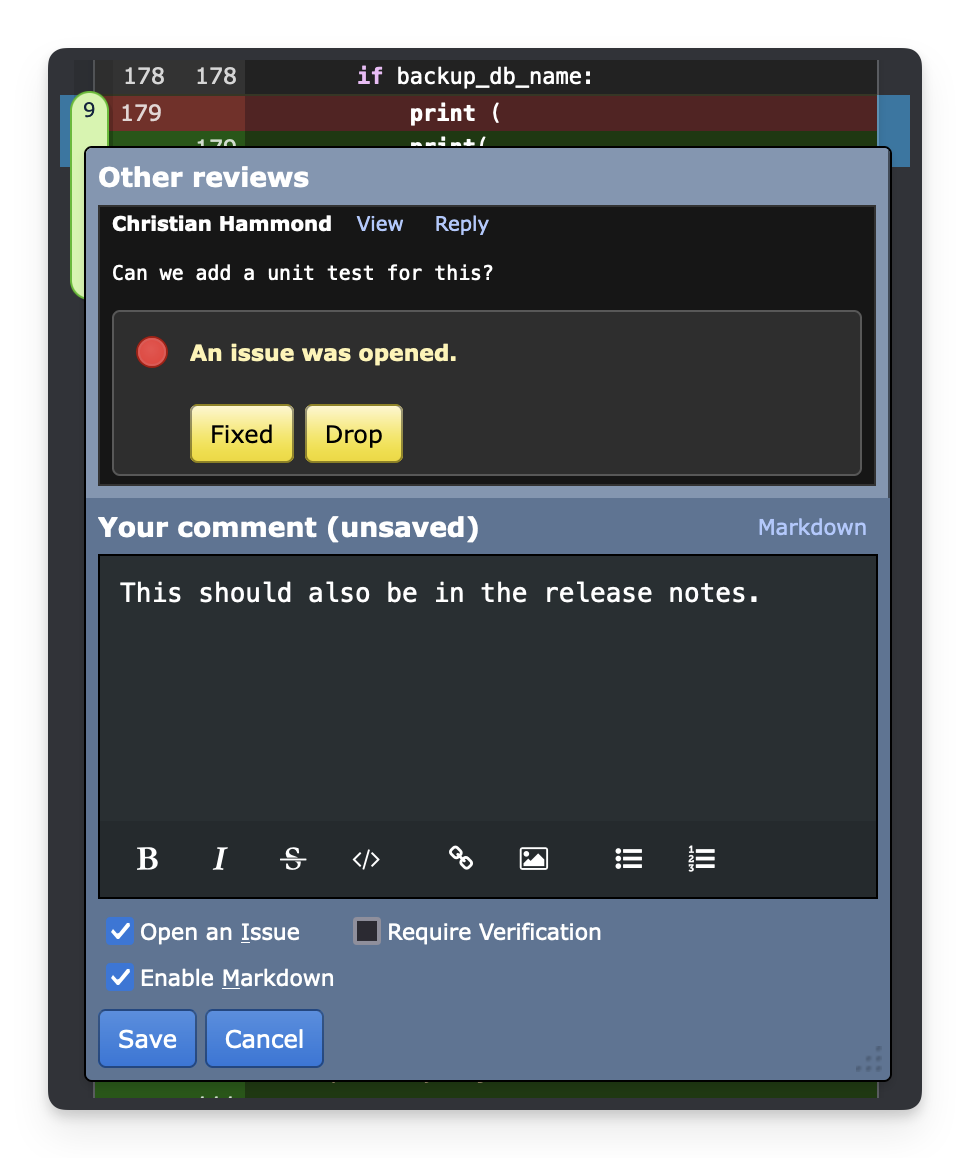Review Board 7.0.4 adds an assortment of new SSO SAML features to help meet the needs of IT departments everywhere, and long-awaited customization of tab stop widths in diffs.
All-New SAML Settings
IT departments now have greater control of user provisioning, access, and configuration.
Automatic user provisioning can now be turned off in SAML Settings, letting administrators better control who has access to the server.
Users can be explicitly disabled from logging into Review Board via SAML, even if the Identity Provider otherwise grants access. To do this, edit a user in the Administration UI and turn off their Active flag.
For more specialized SAML configurations, you can now set SAML_CONFIG_ADVANCED in your $sitedir/conf/settings_local.py file to tweak any python3-saml settings needed. For example:
SAML_CONFIG_ADVANCED = {
'security': {
'requestAuthnContext': False,
},
}
Looking to provision a user for SAML SSO or automation purposes via the API? You can now create a user without specifying a password using the User API. The user account will only be accessible using SSO or an API Token.
Customizable Tab Stop Widths
Using tabs instead of spaces? You can finally customize the width of tab characters in your diffs. You can set this system-wide in Diff Settings. It defaults to 8.
Plus...
- Improved styling in Dark Mode
- Upgrade fixes when moving from very old versions of Review Board
- Fixed preserving commit range selections when paginating diffs
- Fixed an issue on Postgres where downloaded diffs could sometimes reorder files
All the details can be found in the release notes.
Coming Up
We've been working hard on a new major Review Board 7.1 and Power Pack 6 release, which offers Office document review and diffing, user roles and rules, new extension capabilities, a more seamless approach to managing licenses and getting support.
You'll hear more soon.
Let's get started!
To learn more about upgrading your server, see our upgrade instructions.
You can also use our official Docker images.
Review Board development is funded by Support and Power Pack
If you're using Review Board today, we'd like to see how we can work together. We offer:
- Full-service support contracts to help your IT department keep things running smoothly.
- Power Pack Document Review, Reports, new integrations, and more, with a free 30 day trial.
Your support and licenses help us fund and grow Review Board and keeps food on our tables. Reach out to us and we'll work with you on a plan that fits your needs.



